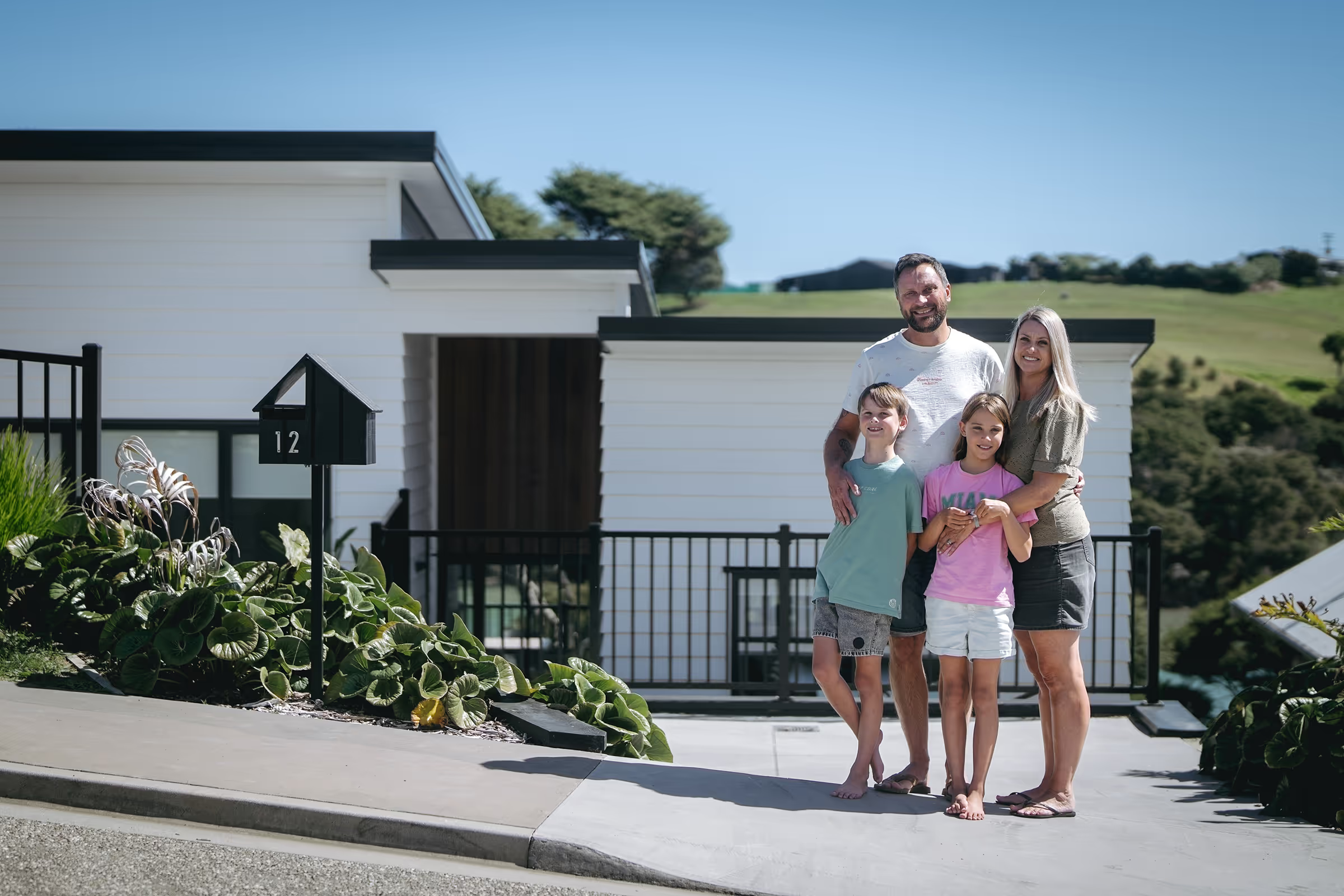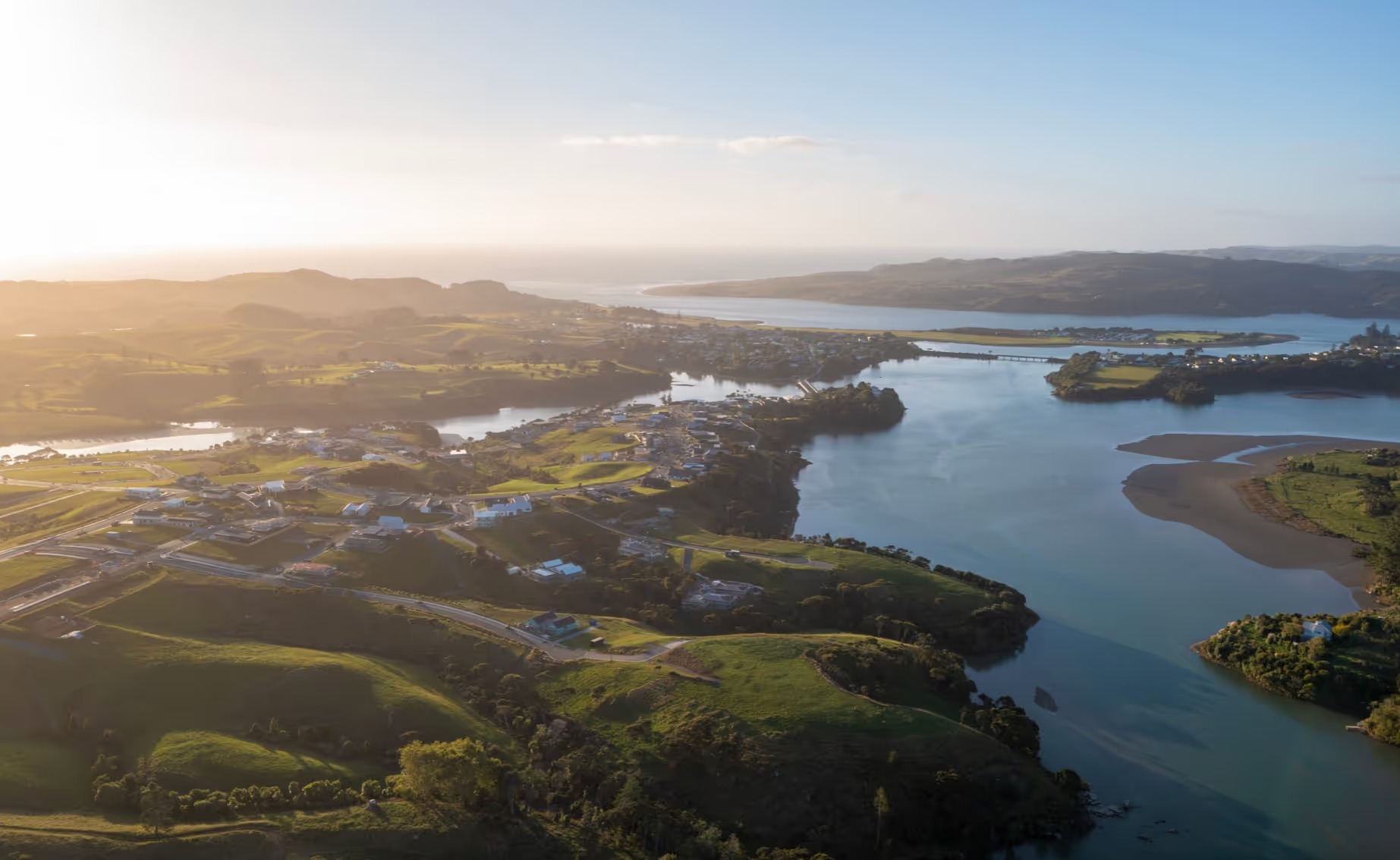Reducing building waste, how can we manage & reduce waste on the building site?
Did you know construction and demolition waste makes up half of New Zealand’s total waste going to landfill? Pretty crazy, right? Each home construction generates on average 4 tonnes of waste in NZ, most of which can actually be sorted and recycled! As you can imagine large volumes of waste increases project costs and of course the environmental impact of your build. It's been demonstrated that at least half of building waste can be diverted from landfills simply by just sorting it.
With 75% of Raglans waste currently being diverted from landfill, our community has been taking significant steps towards becoming a zero waste town, so we want to ensure that the Rangitahi development adopts this same outlook, and we continue to move forward towards a zero waste community. We are currently working with Xtreme Zero Waste to come up with a plan for waste management and reduction on Rangitahi. We've come across a number of guides on how to minimise construction waste, so we thought we'd share some tips on how to do this in simple, practical & cost-effective ways...
1. REDUCE
Work with your construction team & project manager to come up with some realistic waste targets, for example a reduced number of skips on site labelled clearly with what is going in them. We think it's a good idea to avoid landfill skips on site until absolutely necessary and keep them away from public view/access. Other ideas include:
- Have incentives for the team if waste reduction targets are met
- Make sure everyone is informed and knows about your waste management plan and work towards it together
- Encourage designers and customers to use standard product dimensions (standard door & window sizes) to reduce onsite handling, reworking and offcuts
- Make sure detailed plans and instructions are provided to estimators and contractors so they can provide accurate material takeoffs.
- Incentivise subcontractors to minimise waste by adding contractual terms such as making them responsible for the disposal of any waste they produce onsite.
2. REUSE
Many waste materials on building sites can be readily reused - Larger lengths of timber, large pieces of flooring, cladding, building wrap, polythene and valuable or useful excess materials such as leftover paint, floor coverings, fixtures and fittings can be kept for the homeowners future use. Unpainted Gib board off-cuts can be composted!Trade me is a good place to sell re-usable products online within NZ, otherwise we're lucky enough to have our own recycling centre in Raglan Xtreme Zero Waste, who will divert anything they can from landfill (any recyclable and reusable excess materials).
3. RECYCLE
Most residential construction waste is recyclable, including untreated timber, plasterboard, cardboard, metal & polystyrene, but it's essential to find out what specific materials can be recycled from your waste company, and whether they can sort your mixed waste offsite. Xtreme Zero Waste will be providing a waste service offer for construction workers on Rangitahi, which will let workers know what materials they need to sort, and what will be recyclable. But keep in mind sorting waste onsite will create a significantly higher chance of these materials being recycled when they reach Xtreme Zero. And a good way to keep workers reminded is to install recycling signs and areas around the building site.
It's important to be aware of what can and can't be reused or recycled on the building site, and ensure these are separated from general waste. Efficiency is also key when it comes to reducing your waste, so it's essential you're as accurate with material estimates as possible and these are used efficiently on the worksite.
Just a few simple steps to significantly reduce your building waste will make a huge difference in keeping our waste minimal and our environment beautiful!
For more info, HERE's a good resource/guide on how to reduce construction waste.


.svg)





































































































.svg)